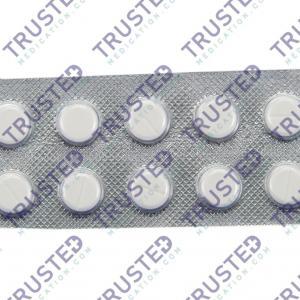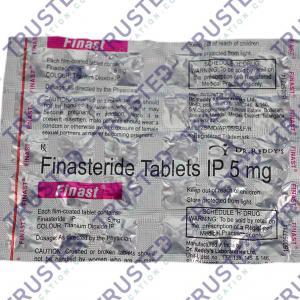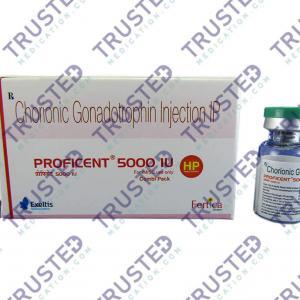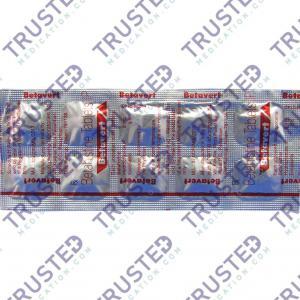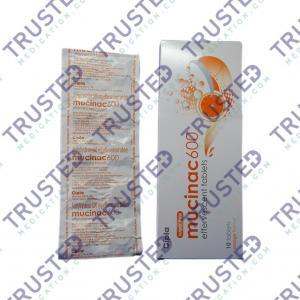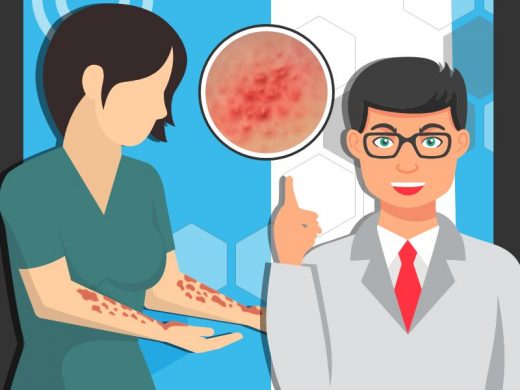
Contact dermatitis is a rash that occurs on your skin as a reaction when touching a specific substance. The skin rash could be due to allergens or the protective layer of your skin is damaged. Contact dermatitis is red, itchy, and has uncomfortable skin reactions. Nonetheless, they are not life-threatening.
What Causes Contact Dermatitis?
If it is due to allergic reactions, your immune system is involved. After touching something, your skin mistakenly reacts as if your body is under attack. It leads to making antibodies and fighting the invader. It includes histamine that causes allergic reactions. Itchy rashers are known as allergic contact dermatitis.
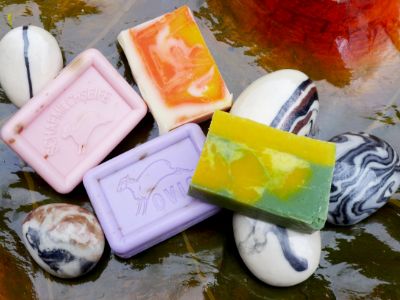
Other Causes of Contact Dermatitis include:
- Poison oak, poison ivy, and poison sumac
- Straighteners and hair dyes
- Nickel or metal found in jewelry and belt buckles
- Leather
- Latex rubber
- Fragrances, soaps, lotions, perfumes, and shampoo
- Some medications
What are the Symptoms of Contact Dermatitis?
- Red rash
- Severe itching
- Scaly, dried and cracked skin
- Blisters and bumps
- Oozing and crusting
- Burning, swelling, or tenderness
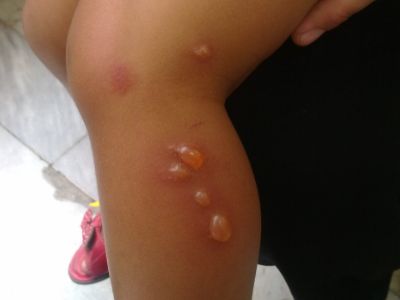
Seek medical help if:
- The rash is so uncomfortable that you are losing sleep
- You are distracted from your daily activities due to itchiness and rashes
- You are uncomfortable with the appearance of your skin
- The rashes persist within three weeks
- The rashes affect your genitals and face
- If the symptoms include fever and pus oozing from blisters
- You have inflamed lungs, nasal passages, or eyes
- The rash has damaged the mucous lining of your mouth and digestive tract
What are the Risk Factors of Contact Dermatitis?
- Contact with toxic chemicals or irritants
- Using fragrances and perfumes that trigger allergies
- Gender and age
- Dental employees and other health care jobs that are at risk of chemicals
- Hairdressers and cosmetologists as they are at risk of beauty products and chemicals
How to Diagnose Contact Dermatitis?
Assessing your symptoms and medical history can help in determining the diagnosis. Your doctor may also recommend a patch test to see if you have allergic reactions. This test can be useful if the cause of your skin rash is not apparent or if the rashes are reoccurring.
After a patch test, your doctor will check for skin reactions under patches and determine whether you will need further testing or not. Other diagnostic test includes blood and urine test.
What is the Treatment for Contact Dermatitis?
Treatment includes topical creams, steroid creams, and ointments. In severe cases, your doctor may also recommend oral medications or corticosteroids to reduce inflammation. If the dermatitis is due to allergens, your doctor may recommend antihistamines. Beauty and Skincare products can also help in reducing rashes and skin marks.

